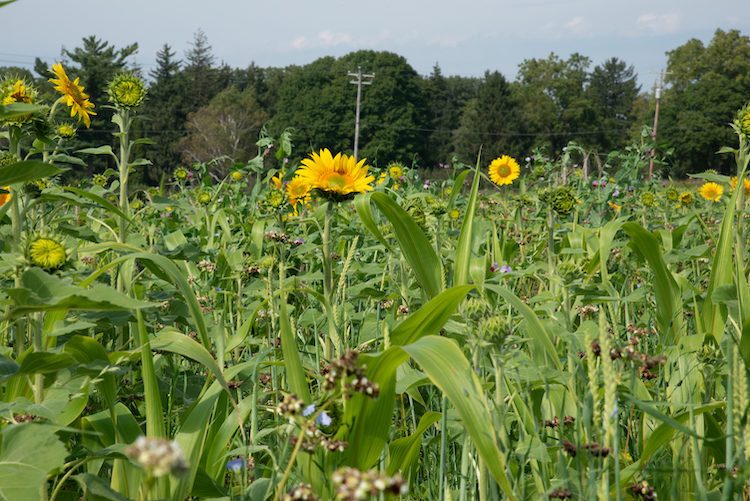No-Till Farmer
Get full access NOW to the most comprehensive, powerful and easy-to-use online resource for no-tillage practices. Just one good idea will pay for your subscription hundreds of times over.

Cover crops offer multiple mechanisms for helping to suppress weeds in a cropping system, from out-competing weeds to allelopathy. The methods can work together to mitigate weeds, depending on a few factors, according to Joe Ikley, an assistant professor and Extension specialist with North Dakota State University. We asked Ikley a few questions about how cover crops can successfully help growers with controlling weeds.
Joe Ikley: Cover crops weren’t originally used for weed control. They’ve always been used for nutrient management or preventing soil erosion. Along the way, people started asking questions about using covers for weed control. A lot of it comes back to direct competition with weeds and shading out the soil. A classic example of a cover crop used for controlling weeds would be cereal rye with a lot of biomass produced in the spring.
If we have a large cereal rye cover crop and use a roller-crimper to knock that down, it can create a mulch on the soil that blocks sunlight from getting to the soil surface. A lot of the weeds we deal with require light for germination.
Cereal rye is usually planted in the fall. Weeds like marestail or horseweed, which are winter annuals, germinate at the same time that rye is being planted, so the cover crop would directly compete with them. We may not prevent germination of weeds in that scenario, but the cover crop is directly competing for water, nutrients…